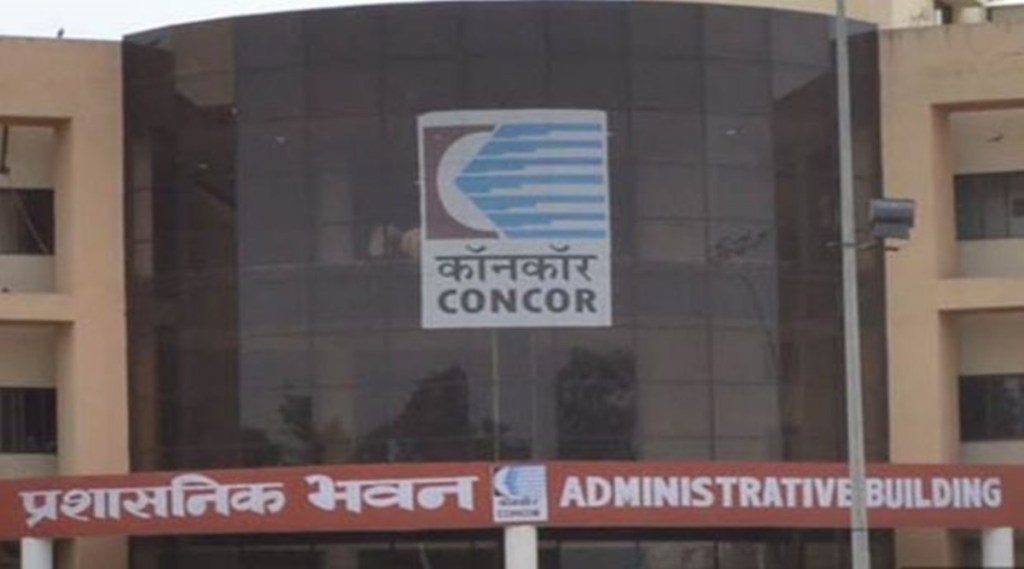Key takeaway: We recently interacted with Concor to discuss business operations. The management maintained its FY22E 15% y-o-y volume growth guidance and profit growth to over 100%. Domestic volumes continuing strong growth trends was a comfort, as it should offset near-term weakness in EXIM. DFC-linked volume growth is a key re-rating, in our view. With the state elections over, updates on the land license policy and progress on privatisation are additional catalysts.
Domestic volumes could surprise in FY22E-25E: EXIM has accounted for 94-95% of Concor’s Ebit over the years and domestic 5-6%. 9MFY22 domestic has moved to 14% of Ebit. Management, in the last three years, discussed its renewed focus to gain share from roads in the domestic space. The efforts are reflected in the 40% y-o-y volume growth in 9MFY22 vs just 12% y-o-y in EXIM. The company raised its container tonnage capacity by 12-14%, from 27-28T to 31T, to give better realisations to customers and improve relationships with cargo consolidators. Incrementally, cement is expected to contribute. Our domestic volume estimate is 25% CAGR in FY22E-25E vs 34% y-o-y growth in FY22E. This could positively surprise if the current run rate continues.
Disinvestment delayed due to land policy, could see movement sooner than later: Favourable state election results in March 2022 for the ruling central government party could see it returning to its privatisation agenda in a more focused manner. Privatisation process takes at least a year from the time the Expression of Interest (EOI) is issued. Finalisation of the land license lease/fees (LLF) policy is needed for the EOI process to kickstart. Steps such as movement of key senior management personnel to other PSUs, accounting updates to more accurately reflect pension liability/expenses, and management commentary that privatisation is on track point to it being a matter of timing vs a possibility.
Dedicated Freight Corridor (DFC)-linked 21% volume CAGR and 37% profit CAGR in FY21-25E to drive upside: JNPT, Mundra, and Pipavav ports are 80% of Concor’s EXIM volumes. Mundra and Pipavav have over 70% of cargo moving to the NCR region and JNPT over 50%, which is 1,000 km+ distance. Rail cargo movement should rise from Mundra’s and JNPT’s 35% and 30%, respectively, to 70% and 50% of volumes with DFC. Our `905 DCF-based TP implies 15.8x EV/Ebitda FY24E, below the seven-year average of 20.5x. Downside risks: 1) Indefinite delay in DFC 2) LLF issues returning.

